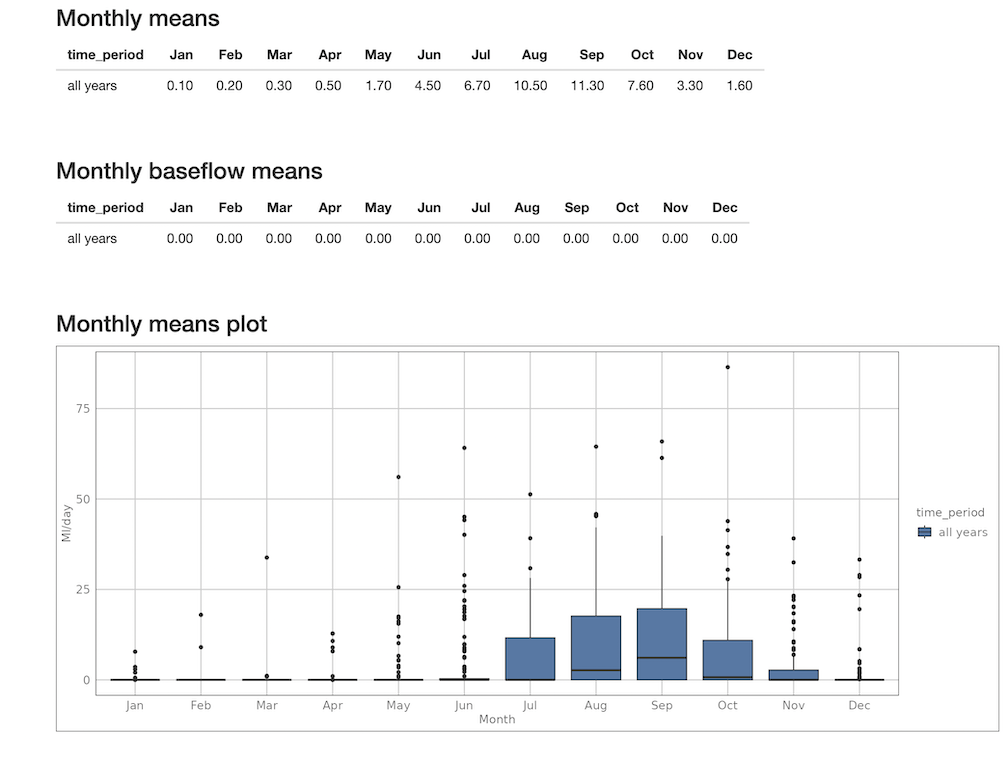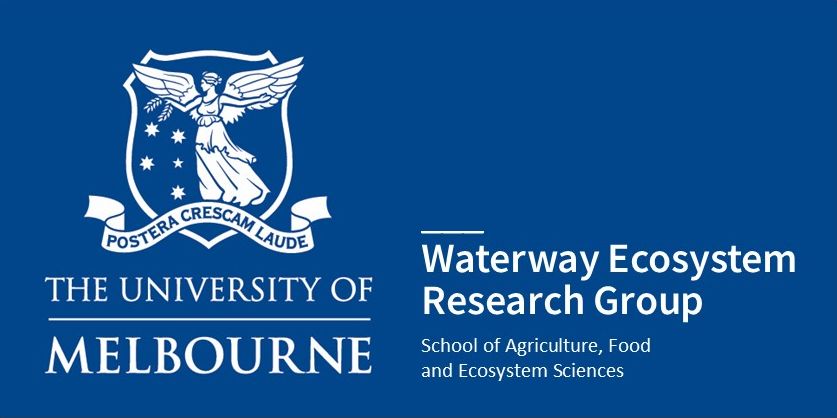Resources for analysis and management of stream ecosystems
This site houses interactive apps, with supporting documentation and data, which have been developed by members of the Waterway Ecosystem Research Group at the University of Melbourne (thewerg.org), as part of the research program of the Melbourne Waterway Research-Practice Partnership (mwrpp.org). For other WERG projects see the links in the top banner.
Melbourne Stream Network
The Melbourne stream network (Walsh 2023b) portrays hydro-environmental characteristics of streams and rivers of the Greater Melbourne Region (the region managed by Melbourne Water), including catchment boundaries and large collection of environmental data. The Network accurately depicts small headwater streams missing from earlier stream data. This web site provides apps (stream explorer and reach/site stats) to interact with and extract the data, and technical information on downloading and using the data.
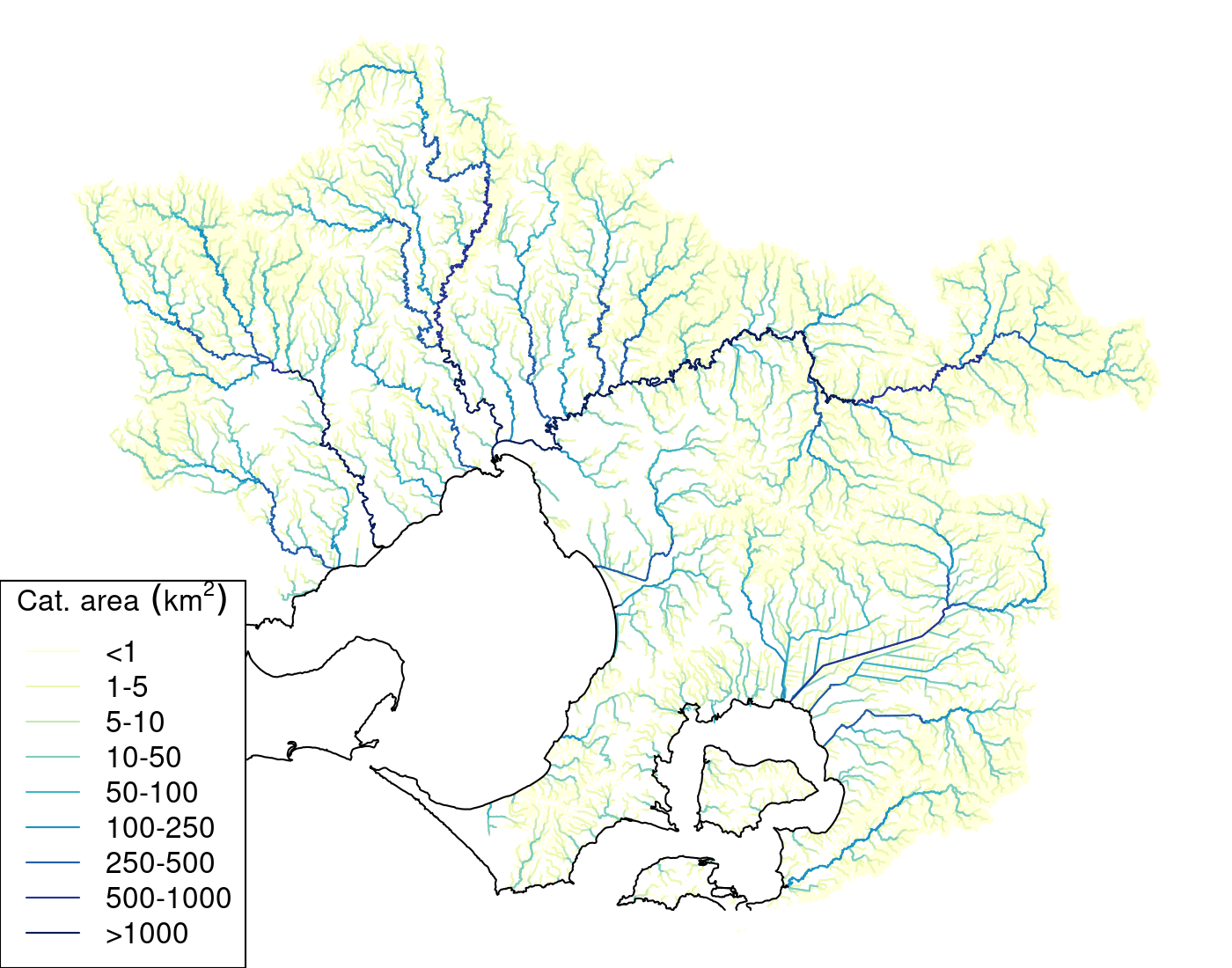
Melbourne Water macroinvertebrate database
The macroinvertebrate database (Walsh 2023a) stores Melbourne Water’s large collection of macroinvertebrate assemblage records from streams of the Greater Melbourne region since 1993, integrated with the stream network. It includes an up-to-date hierarchy of taxonomic tables for coding and correctly naming macroinvertebrate taxa in the region. It also provides a standardized approach to sample coding that can be used for other data collections from the stream network. The website provides a searchable interface for exploring and downloading the data, a data-entry form, and technical information on downloading and using the data.
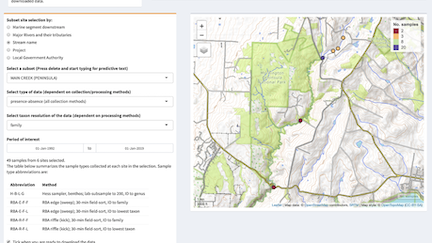
The melbstreambiota R package is an associated resource, which provides outputs of habitat suitability models of 59 families of macroinvertebrates (Walsh and Webb 2016), 11 species of native fish, and female and total platypus (Coleman et al. 2022)) in the Melbourne region. The package predicts fish species, platypus, and macroinvertebrate family occurrence, and calculates macroinvertebrate indices (LUMaR, SIGNAL2, number of sensitive families) for any reach in the region: it calculates the indices based on imported data and compare to predicted values, and provides diagnostic tools for interpreting results. The package vignette provides more information.
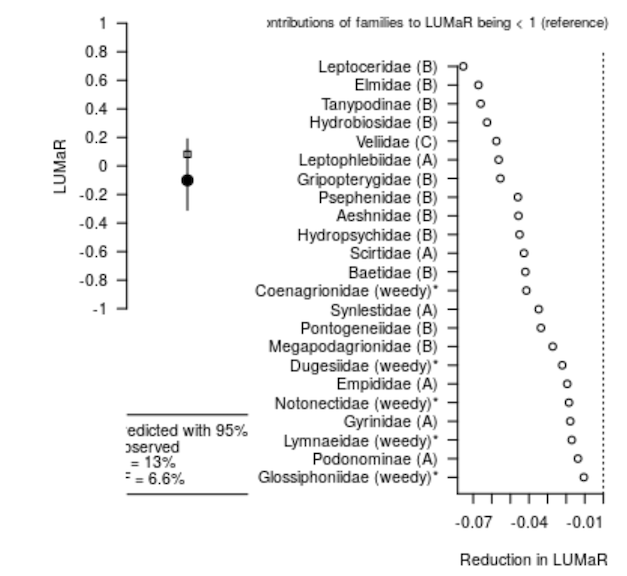
Environmental Benefit Calculator (for stormwater management)
Get the most out of your rainwater tank or raingarden. Use this tool to find the optimal design for harvesting the water you need while providing the maximum protection for your local creek. Originally developed for the Little Stringybark Creek project (Walsh, Burns, et al. 2022; Walsh, Imberger, et al. 2022), the tool has been updated with some new features, such as an option to select a rainfall pattern for your area.
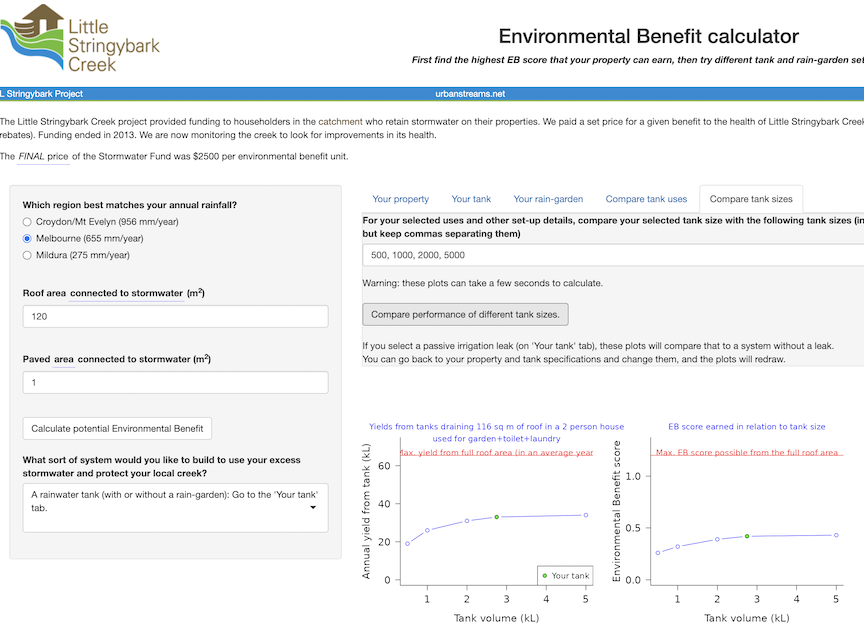
hydrosumm: hydrologic time-series summaries
Developed and maintained by Prof Nick Bond of Latrobe University, this app, using his R package hydrostats, provides a rapid means of summarising hydrologic time series data based on a suite of graphical and statistical summaries that are widely used in hydrology.
